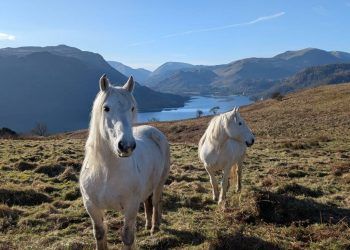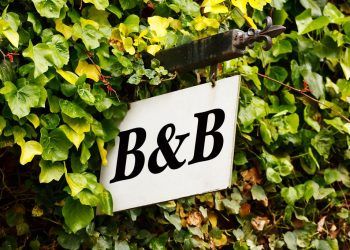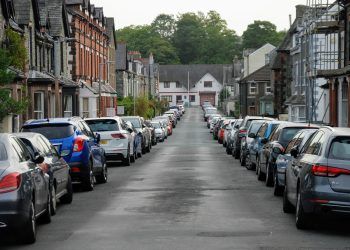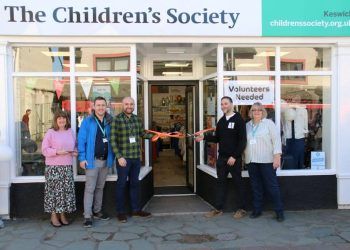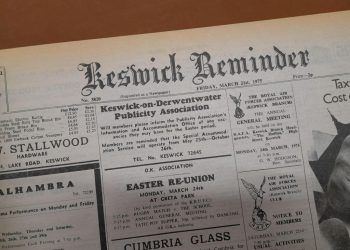
A pressure group which led the successful community campaign against an nuclear repository being created in Cumbria seven years ago is vowing to rise up again to oppose fresh plans.
Keswick MP Trudy Harrison is among the people welcoming the formation this week of the Copeland geological disposal facility working group to discuss whether the borough could be a suitable location for the UK’s first site to bury higher-activity radioactive waste.
In 2013, Cumbria Trust played a key role in persuading the county council to veto plans for an underground repository to be created at an unspecified local location.
Opponents feared it could be towards the Solway coast or beneath Ennerdale in the Lake District national park.
Cumbria Trust spokesman Rod Donnington-Smith, from Keswick, was in defiant mood after the issue resurfaced this week.
“The Cumbria Trust will not go away,” he said.
“Safety and security must be the most important factors. That is why we opposed the previous Managing Radioactive Waste Safely scheme.
“Cumbria Trust will be monitoring what is happening with this proposal and will voice its concerns where applicable.”
However, he said he was glad the latest plans from Copeland — home to the Sellafield nuclear plant — now excluded the national park, which Mr Donnington-Smith called “totally unsuitable”.
“It is a protected and precious landscape. It is a World Heritage Site loved and visited by millions,” he said.
This time, potential sites could be considered up to 22 kilometres off the coast compared up to five kilometres previously, but Mr Donnington-Smith said this could lead to objections from Ireland, Scotland and the Isle of Man.
He also had concerns about the make-up of the working party and later, if it progressed, the community partnership for a plan that has a timescale of up to 20 years.
A series of packed public meetings were held in Keswick to oppose the plan when it was first put forward in 2013.
Mrs Harrison is now the Conservative MP for Copeland and she welcomed the formation of a working group as the first stage of the search for a suitable site and to gain the views of constituents regarding the possible hosting of a GDF.
She said: “Most of the material that would go into the GDF is already based here in Sellafield.
“A permanent place to deposit this material in Copeland would not only build on our heritage as the country’s nuclear experts but it would also lay the ground for significant future investment in the region.
“A GDF will be one of the biggest environmental protection projects of our lifetime. It will also be one of the largest planned infrastructure investments over the next 100 years and the opportunity to host it here is one that we simply have to look at.”
The working group will include Copeland Borough Council and Radioactive Waste Management.
It will also recruit initial members for a community partnership.
Chairman Mark Cullinan said: “Today marks the first step in a journey of several years, to determine whether a geological disposal facility is right for Copeland.
“The infrastructure investment potential represented by such a facility could be transformational for the eventual host community — both directly through the construction and operation of the GDF and also potentially significant multi-million pounds of additional investment — but, of course, it would have to be right for the area.”
A GDF would be made up of vaults located deep underground designed to protect people and the environment and keep the radioactive waste safe and secure while the radioactivity naturally decays to safe levels.
The search for a host community is a nationwide process, involving community consent and detailed investigations to make sure there is a suitable site to construct a safe and secure GDF.
Payments of £2.5 million per year per community will be paid if deep borehole drilling investigations are undertaken.


